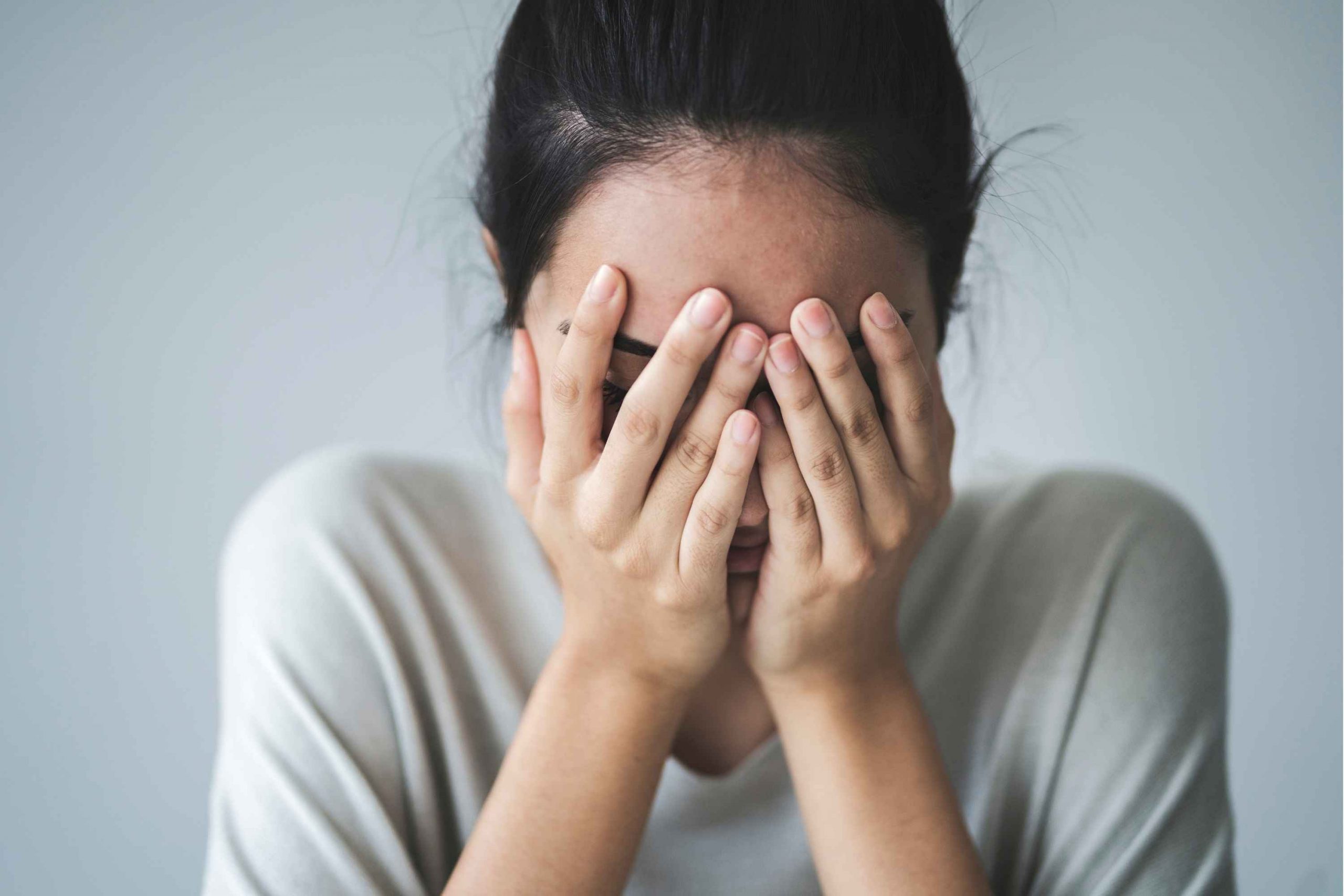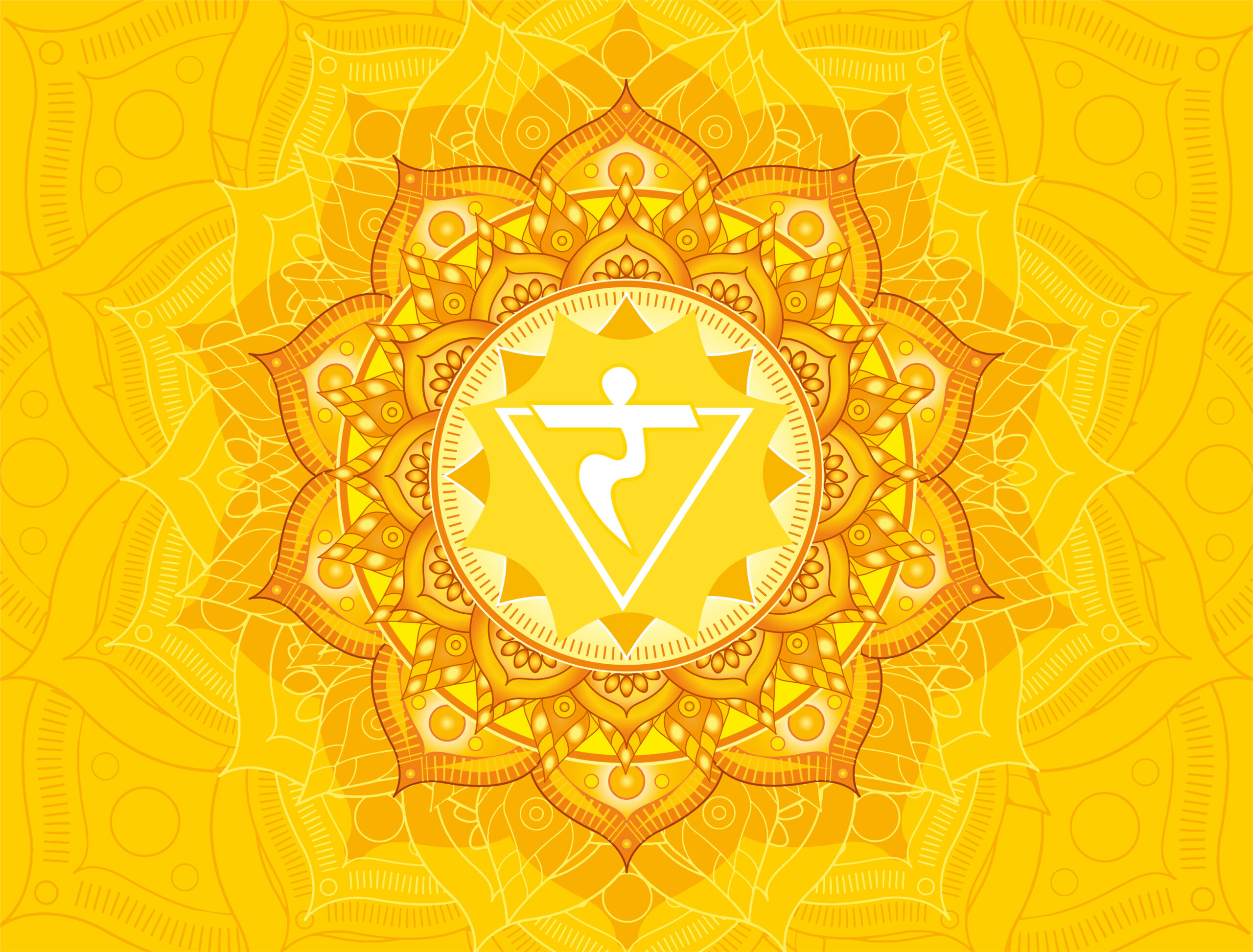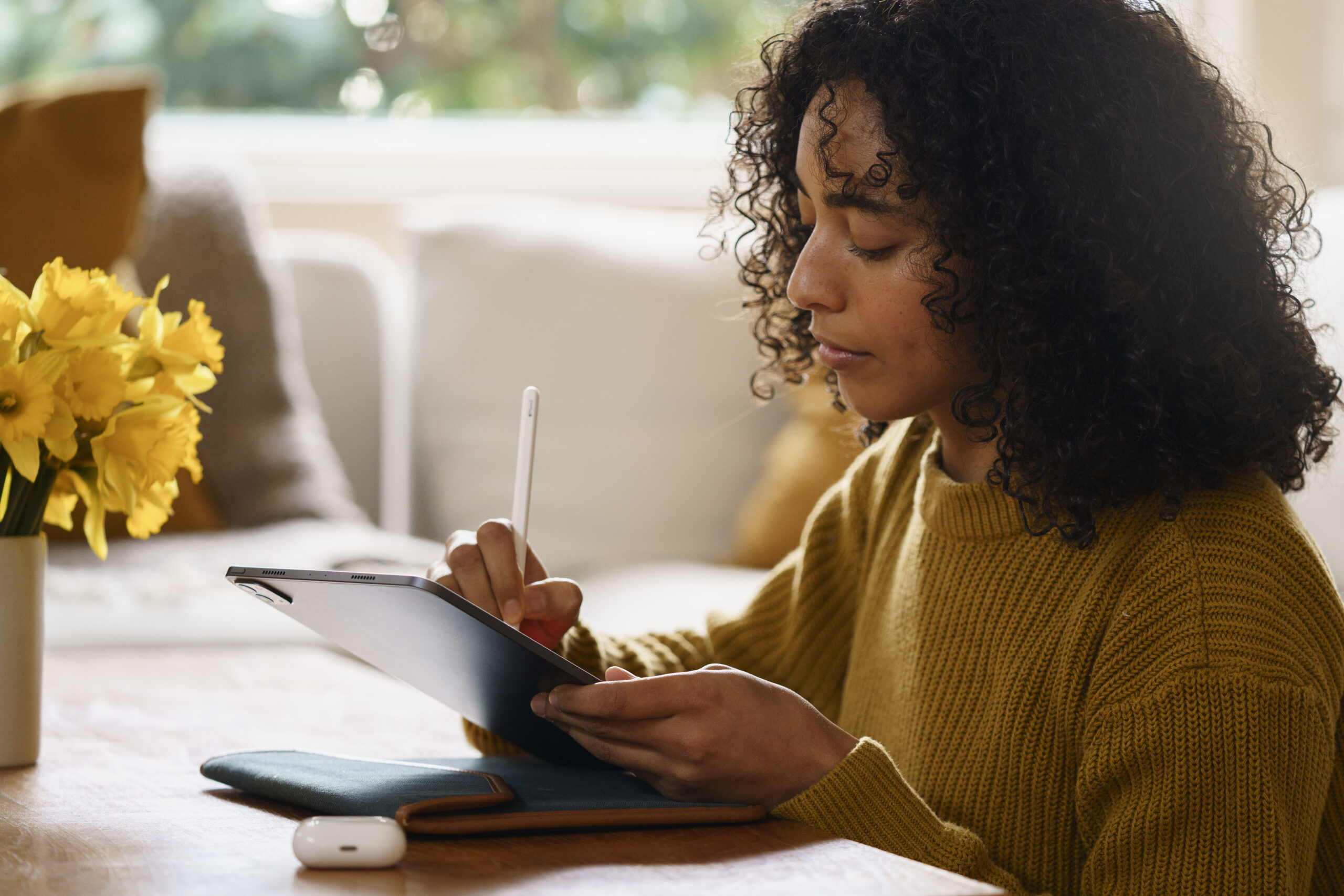Photo by Homage Malaysia
Tapping, also known as the Emotional Freedom Technique (EFT), is a proven anxiety, stress, and pain reliever. Tapping therapy combines features of psychotherapy and acupressure. In simpler words, EFT involves tapping the places on your body where you feel anxiety, discomfort, or uncomfortable emotions. EFT combines elements of cognitive behavioral therapy and exposure therapy with tapping on certain pressure points in the body. Tapping therapy literally means tapping!
What is tapping for anxiety?
Acupuncture has been used in China for thousands of years to promote overall wellness and healing. By stimulating specific points along the body’s energy pathways, acupuncture can help improve the flow of energy and reduce pain and other symptoms. Tapping is a modern technique that draws on these principles to provide similar benefits in a more accessible and convenient way. The approach is simple: Tap on your body while mentally focusing on what is troubling you, and you can actually release anxiety, stress, or fear.
EFT also boosts immunity. It started gaining momentum in the 1990s when Gary Craig, a Stanford graduate and a certified master practitioner of neuro linguistic programming published information about it on his website. Whether you are looking to reduce stress, improve your mood, or alleviate physical discomfort, tapping may be a useful tool to add to your wellness routine.
Does tapping really work?
There have been around 100 clinical trials stating the efficiency of tapping for anxiety. It has particularly shown promising results in treating post-traumatic stress disorder (PTSD) among war veterans, physical assault survivors, sexual violence survivors, people who survived terrible motor vehicle accidents, survivors of disasters, prisoners, and other patients. EFT has also been proven effective in treating general anxiety and depression.
Benefits of tapping for anxiety
There are several benefits that come with EFT. However, it takes between 4 to 10 sessions of EFT tapping for anxiety before results show. Some interesting benefits of tapping include:
- Decrease in stress hormones like cortisol
- Decrease in symptoms of pain
- Decrease symptoms of traumatic brain injuries
- Improved resting heart rate and blood pressure
How to do tapping therapy for anxiety?
Tapping for anxiety comes with a lot of flexibility. It is easy and simple – you can tap just for five minutes for a quick relief, or you can even book a longer session with a tapping facilitator who can help you explore your subconscious self more deeply. The process has three main components: the setup statement, the reminder phrase, and the tapping sequence.
1. The tapping setup statement
First and foremost, identify the main cause of anxiety to understand what you want to focus on in the tapping session. It could be anything that is troubling you. A recent bad breakup, financial loss, or a physical injury. Allow yourself to fully feel the extent of your pain and accept it as it is. The statement can be something like – “Even though I have mental health problems or anxiety, I love and accept myself.” You can customize this statement according to your exact condition. For example, if you are sad or anxious about your father’s health, then your setup phrase can be – “Even though I am anxious that my father is sick, I love and accept myself.”
2. The tapping reminder phrase
The reminder phrase is a very shorter version of the setup statement. So, if your setup statement is “I am anxious that my father is sick and unwell with…,” then your reminder phrase can be – “My father’s health makes me anxious.”
Recite this phrase as you go through the tapping sequence.
3. The tapping sequence

Start the sequence by tapping the side of your hand that connects to the small intestine meridian. Don’t forget to take slow, deep breaths. Unlike acupuncture, where there are hundreds of pressure points, there are only nine points on the face and body that you tap during a tapping sequence.
- Side of hand: The side of your hand
- Eyebrow: The inside of your eyebrow, where the hair of your eyebrow starts, just above the nose
- Side of eye: The side of your eye, between your eye and temple
- Under the eye: The area just under your eye along the bone
- Under the nose: The area under your nose between your nose and upper lip
- Chin: The area between your bottom lip and chin
- Collarbone: Roughly two inches below your collarbone
- Under the arm: The side of your body, at the top of your ribcage
- Top of head: The top of your head
Tap these points in this order to slowly see the results.
Once you are done with the tapping sequence, don’t forget to check in with yourself. Has your pain or anxiety lessened at all? If you had to rate your focus on a scale of one to ten, what number would you give it now? If you started with a nine, has it now decreased to a five? Or is it still the same? Don’t worry if it has not changed yet, just try repeating the tapping sequence again. You are starting to have a real conversation with your pain or anxiety, and that is a great step forward!
Related Post
Disappointed When Someone You Love Hurts You? 10 Coping Tips
How to Let Go of Someone: 12 ways to say Goodbye to what was and invite what can be















